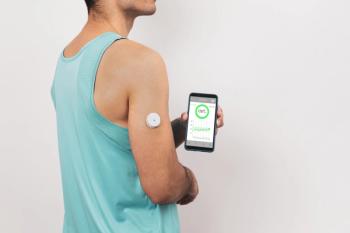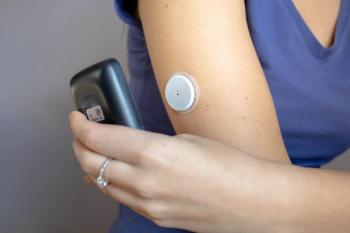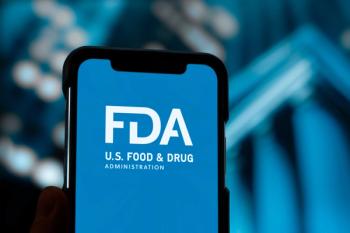
Advocating for Technology Can Improve Rates of CGM Use, Clinical Outcomes
Continuous glucose monitor and insulin pump use improved HbA1c.
Advocacy efforts around technology use for type 1 diabetes (T1D) geared towards youth with T1D who are part of an underrepresented racial or ethnic group and lower socioeconomic status may lead to improved outcomes around HbA1c and diabetic ketoacidosis risk. This is according to research results presented at American Diabetes Association 83rd Scientific Sessions held June 23 to 26 in San Diego, California.1
Despite data showing that individuals in this population have lower insulin pump and continuous glucose monitor use, higher HbA1c, and greater risk of diabetic ketoacidosis, the correlation between social determinants of health and neighborhood-level factors and insulin pump and CGM use, and the associated clinical outcomes, are unknown.
Investigators used multivariable models to evaluate the association between patient race and ethnicity, social determinant of health factors, and area deprivation index (range, 1-10; 10 being the most deprived neighborhoods) and continuous glucose monitor and insulin pump use, HbA1c, and diabetic ketoacidosis over a 1-year period. A total of 1461 patients with T1D were included (50% girls; age, 12.8±3.6 years; HbA1c, 8.7±2.1%).
The researchers found that individuals were less likely to use an insulin pump if they were Black or Hispanic, were insured through Medicaid or were uninsured, received government assistances such as WIC or SNAP, or lived in an area with a higher area deprivation index score; factors around a lack of continuous glucose monitor use were the same.
Risk of diabetic ketoacidosis was higher in those who lived in a neighborhood with a higher area deprivation index score or who received government assistance, but both insulin pump and continuous glucose monitor use were both associated with a lower risk of diabetic ketoacidosis.
The investigators also found that for every 1 unit increase in area deprivation index, HbA1c increased b 0.09 (95% CI, 0.05-0.13). HbA1c was 0.62 lower in those who used insulin pumps and 0.78 lower in those who used CGMs (95% CI, -0.82 to -0.42 and -0.99 and -0.56, respectively).
“Advocacy efforts… promoting technology use in T1D youth of [underrepresented racial or ethnic background] and lower socioeconomic score may improve HbA1c and decrease risk of DKA,” the researchers concluded.
Reference
Crain ER, Ramphul R, Butler A, et al. Disparities in insulin pump and CGM use in youth with type 1 diabetes. Presented at: American Diabetes Association 83rd Scientific Sessions; June 23-26, 2023; San Diego, CA. Poster 1147-P.
Newsletter
Pharmacy practice is always changing. Stay ahead of the curve with the Drug Topics newsletter and get the latest drug information, industry trends, and patient care tips.























































































































